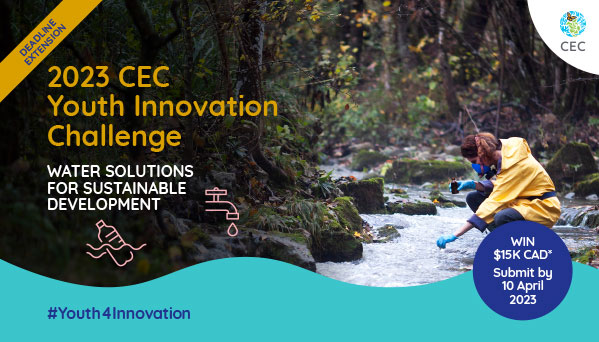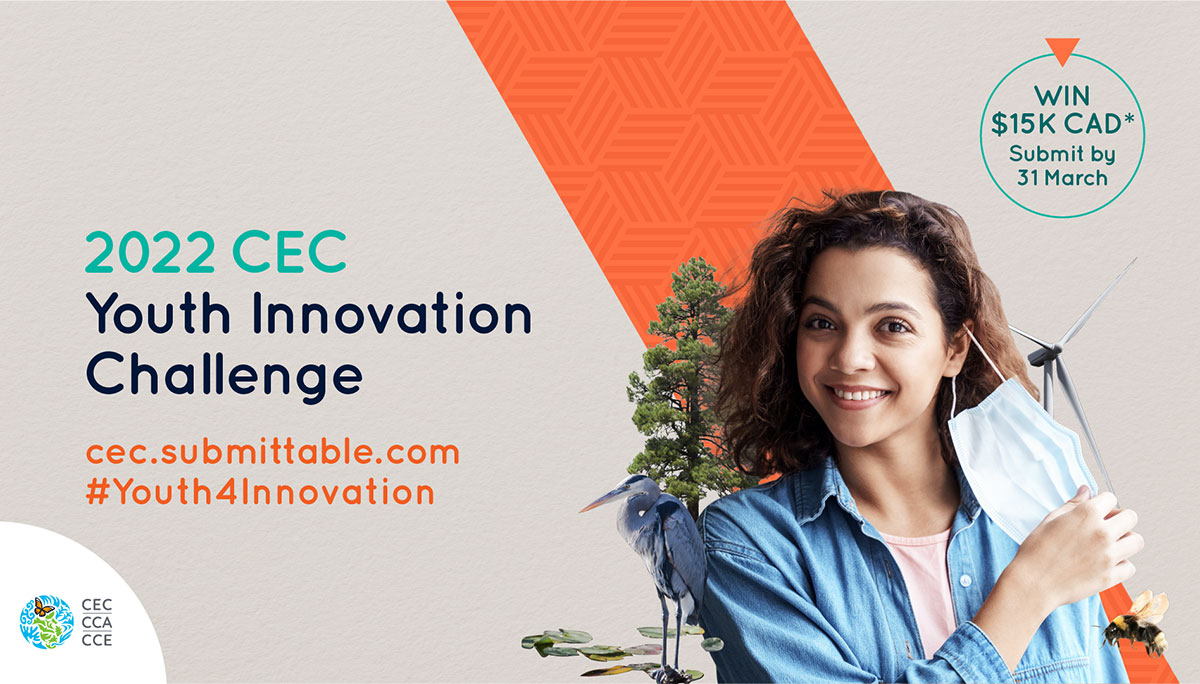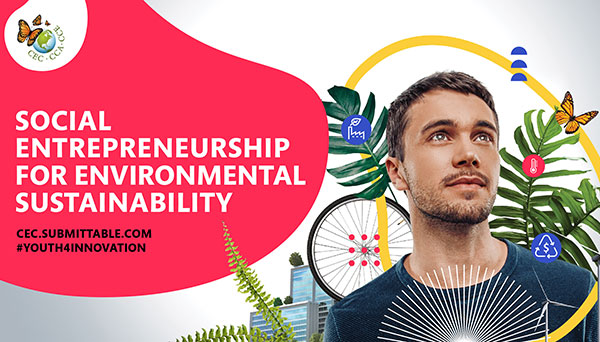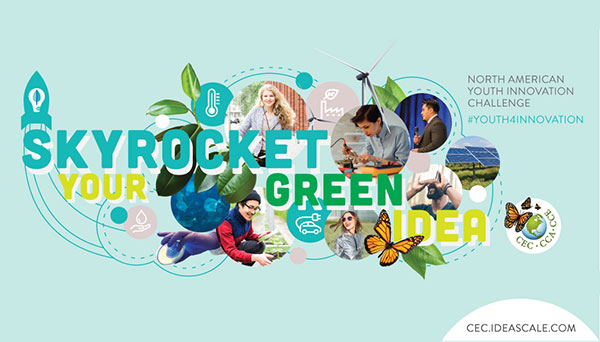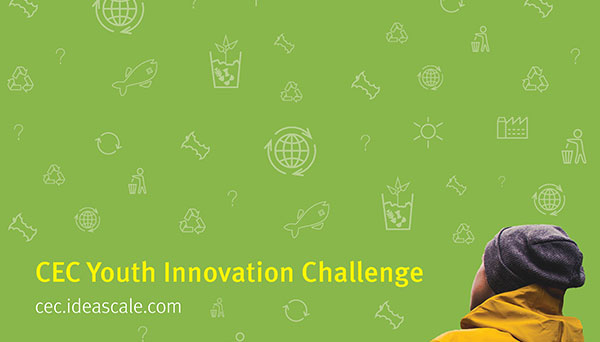Be our Leaders and Innovators Today!
North American youth aged 18 to 30 are invited to enter the Commission for Environmental Cooperation’s (CEC) innovation challenge to compete for C$5,000 in seed funding and a chance
to personally present their idea to North America’s top environmental officials at the 2019 CEC Council Session in Mexico City.
Three winning projects were selected by a panel of judges consisting of government officials from Canada, Mexico and the United States.
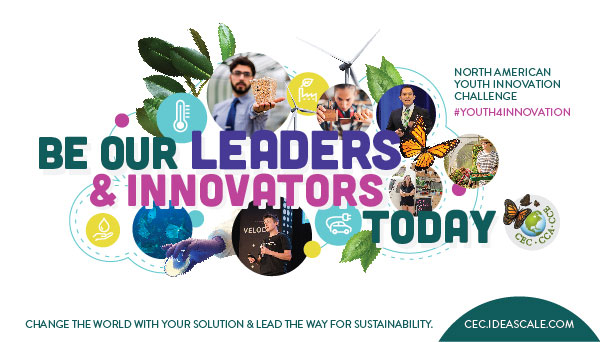
Winners of the 2019 CEC Youth Innovation Challenge Announced
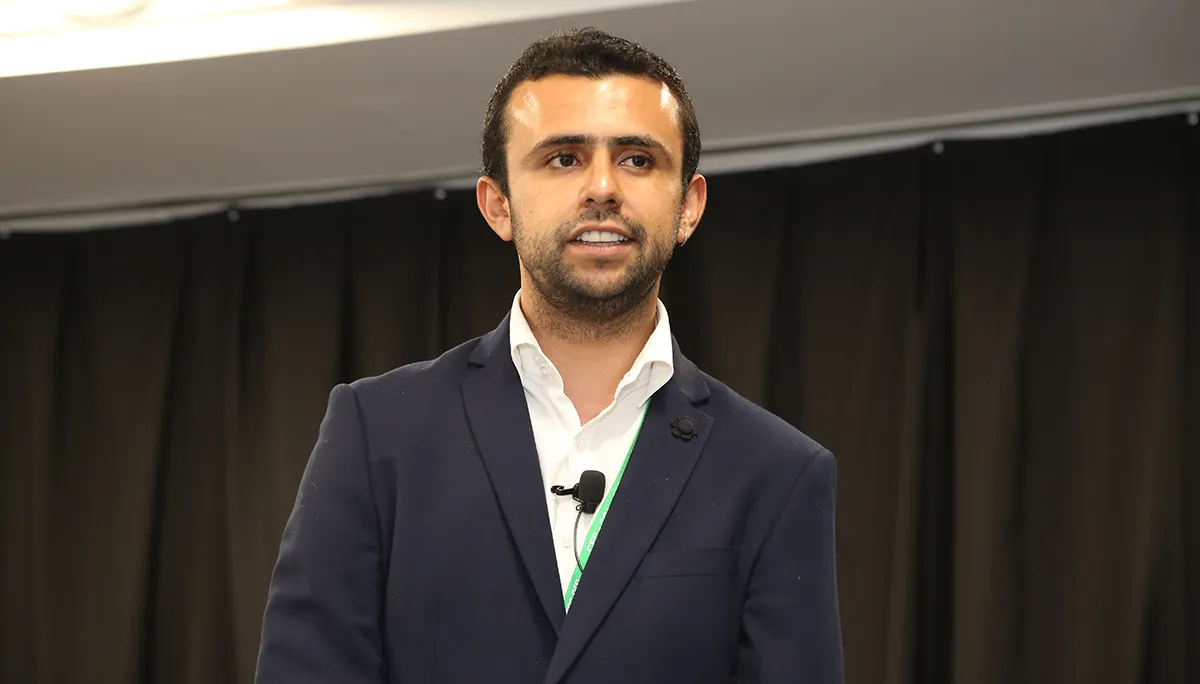
IXIM - Using your waste to create change!
Daniel Gonzalez and Noor-ur-Rahman Shaikh
Imagine that your bricks, interior walls of any space and furniture are made from corn stem, rice husk or beans pod.
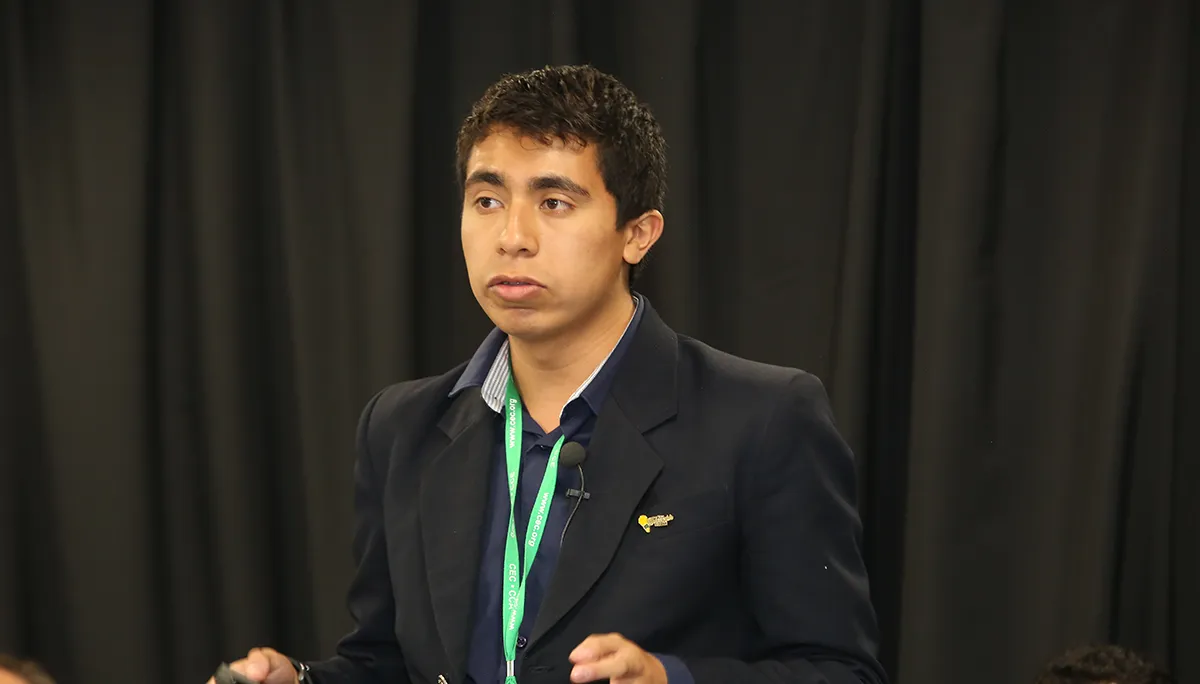
Daniel Luna López, Omar Venancio Sánchez Animas, and Andrés Gutiérrez Castillo
Animal nutrition through transformation of organic waste
It is estimated that in Mexico 105 thousand tons of organic waste are generated daily, of these only 11% are given an adequate use.
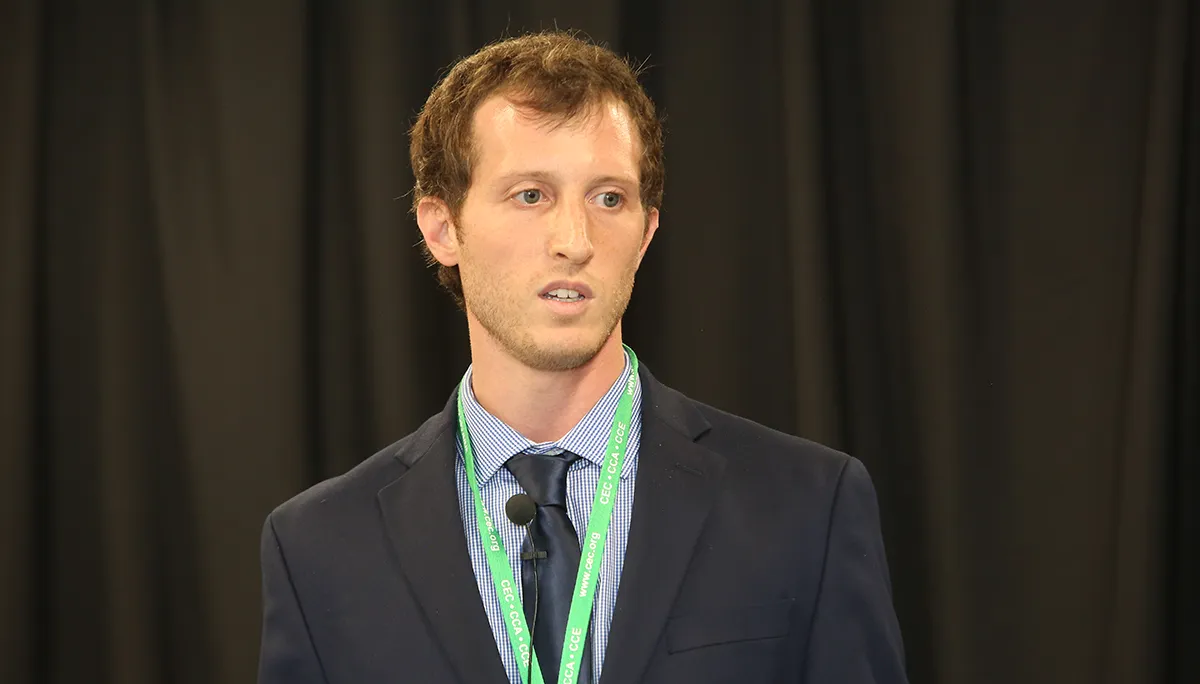
A non-chemical alternative to pesticides for strawberry farms
Adam Stager, Ray Zayas, and Vishnu Somasundaram
More pesticides are used on strawberries than any other produce. With an average of 22 pesticide residues remaining when you buy strawberries in the market, it's no surprise that they are number one on the Dirty Dozen.
Other Challenges
For more information, contact:
Georgina O’Farrill
Head of Unit, Communications, Outreach and Engagement
(514) 350-4336
